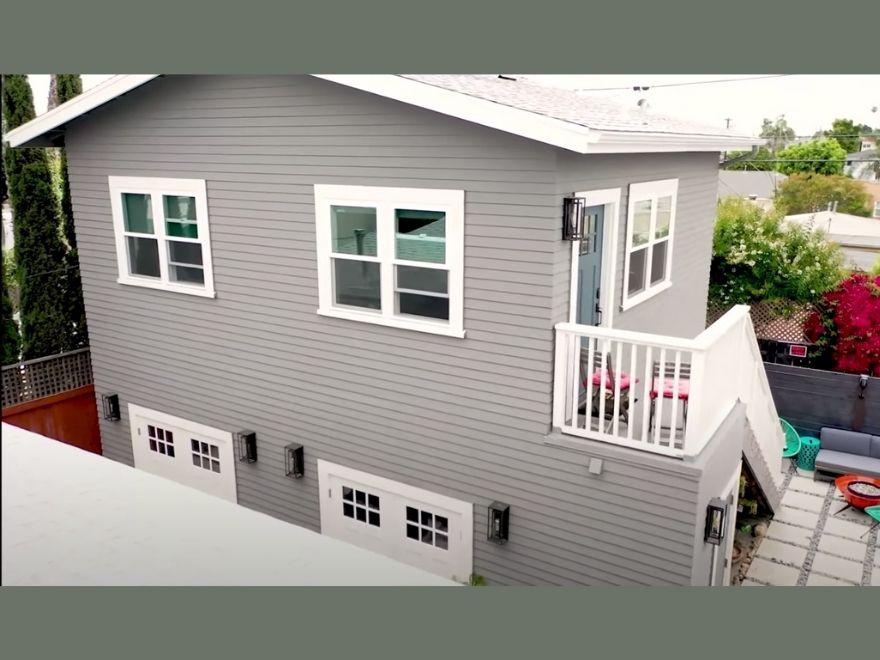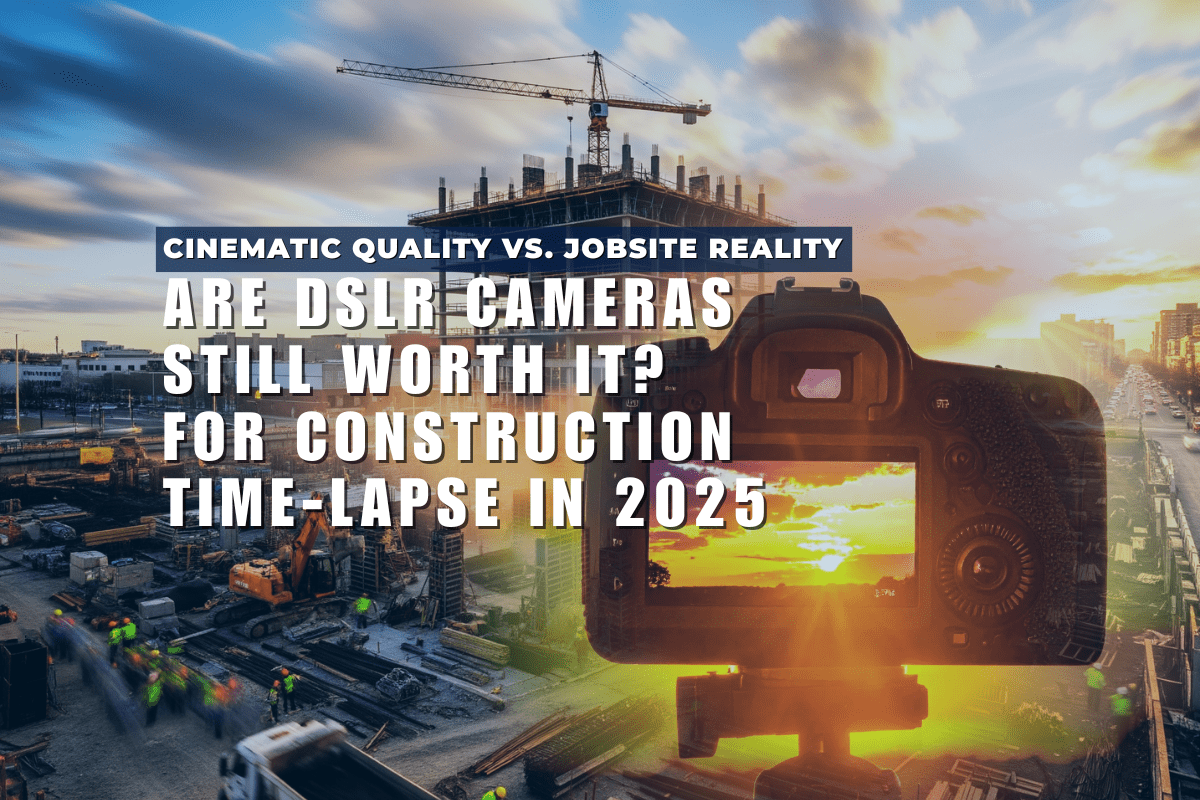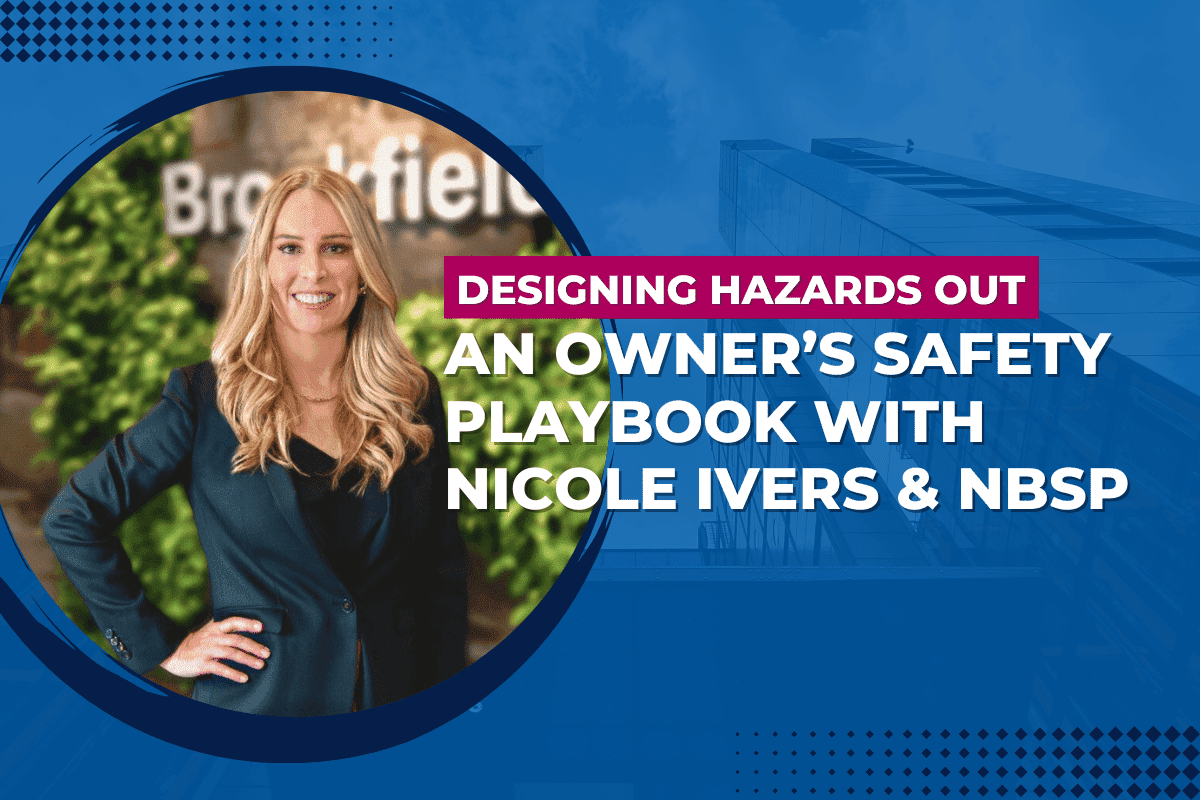CamDo Customer Seth Larson recently shared a long term construction time lapse video of a recently completed construction project by Stel Builders, a residential remodeling company based in San Diego, CA. The project consisted of the demolition of a garage structure and construction of a garage with a rental unit on top.
Larson used the original Blink time lapse controller (which has now been upgraded to UpBlink and BlinkX), a waterproof enclosure, and plugged into permanent power at the job site to capture the footage. He typically captures 10,000-20,000 images over the course of the project, but only uses 1,000 images for the final video.
“Always take more photos than you think you’ll need, since you can always cut them out when making the video,” Larson says.
And we agree.
When asked how he got into time lapse photography, Larson noted that while he’s not a photographer, he always liked to watch time lapse videos… but thought they were often too long (a common mistake in time lapse photography). So he began doing it himself. And now he’s constantly filming 1-2 projects at a time.
And that scenario is one of our favorite examples to highlight. You don’t have to be a professional photographer to create professional looking time lapse videos.
About Seth Larson
Seth Larson is President of Stel Builders, a San Diego-based Design Build Integration firm focused on serving the residential remodeling market with quality and care. With over 300 projects successfully completed to their clients’ satisfaction, combined with years of experience in design, construction and project management, they are dedicated to providing their clients the best remodeling experience possible.Visit their website to view their work, including all of the other time lapse videos they’ve created.


